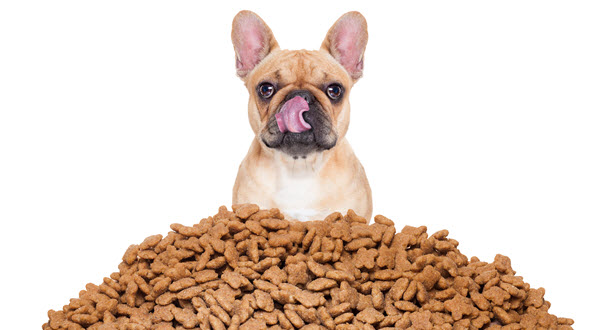
When it comes to your beloved pet, Pet Nutrition is not just about buying the most expensive food, or the ones with the most attractive packages or even the ones with the most enticing commercial. It is about ensuring that your pet gets all the nutrients that are required. For dogs, the nutrition that they get determines how they grow up, their state of health and their state of mental activity. In short, the food makes up the dog.
Here is everything that you need to know about Pet Nutrition when it comes to the major food classes that your pet needs for a healthy lifestyle.
Nutrients are classified into carbohydrates, proteins, fats, mineral, and vitamins. Water is also an essential part of Pet Nutrition as it aids in all bodily functions.
- Carbohydrates
Normally, a dog will not require a high input of carbohydrates. This is because their bodies are able to generate energy from the breakdown of proteins and fats making this a supplementary source of energy. There are however dogs that solely depend on broken down carbohydrates for energy. With Pet Nutrition, carbohydrates come in the form of whole grains. These have the added advantage of containing minerals, iron, and fiber. How easily digestible carbohydrates are will depend on how well they are cooked. This means that all manner of starches fed to your dog needs to be properly cooked. If they are improperly cooked, they will simply ferment within the colon and force you to take your dog to the vet. Another source of carbohydrates for dogs is fruits and vegetables. These have the advantage of also providing other nutrients like antioxidants and phytochemicals.
- Proteins
Proteins contain amino acids as part of their core makeup. They help in the growth of cells, repair of damaged cells and maintenance of grown cells. This makes proteins a core part of Pet Nutrition. For dogs, proteins help in the development and maintained of a thick body of fur as well. There are about 20 amino acids that combine to form the nutrient called protein. The body of the pet ca naturally produce 10 of these. The other 10 need to be supplied externally through the diet. These ten amino acids are:
- Arginine
- Phenylalanine
- Histidine
- Leucine
- Tryptophan
- Lysine
- Methionine
- Threonine
- valine
- Isoleucine
If one of them is unavailable, proper growth is impeded in the pet. This arises from the fact that there is a chronological sequence through which the acids combine to form proteins. Proteins can be gotten from meat and meat products, dairy products and eggs. These are the proteins that are easy to digest for your dog. The reason that plant protein is not regularly advised for dogs is that it may be insufficient in amino acids and comes with the hurdle of lower digestibility. So, more often than not, it ends up as junk in the digestive tract.
- Fats
Fats serve the dual purposes of aiding in cell generation and growth and providing energy. They also prove useful when it comes to making pet food palatable and aid in the absorption of vitamins A, E, D and K. Fats contain essential amino acids that contribute to the molecular makeup of cells. Unlike human beings, dogs require more omega-6 than omega-3 for a healthier body.
- Vitamins
Vitamins can be gotten from whole foods that are fresh. They help in the normal functioning of the body of your pet while making the breakdown of calories a lot easier. They are however only needed in small amounts since they are highly effective and mostly work as catalysts for certain chemical reactions in the body.
- Minerals
These are inorganic nutrients that assist in certain bodily functions. In Pet Nutrition, minerals have the smallest composition, only making up 1% of the body’s weight. There are macro and micro minerals that are essential for the development of the pet. Minerals like calcium and phosphorus need to be balanced and supplied in a 1:1 ratio. You need to be careful when giving your dog minerals as over-indulgence in one tends to inhibit the absorption of another.
- Water
Unlike the rest, you do not need to measure the amount of water that you provide your pet with. Let your dog determine how much water he drinks in a day. Just ensure that they actually drink no less than a liter.

0 Comments